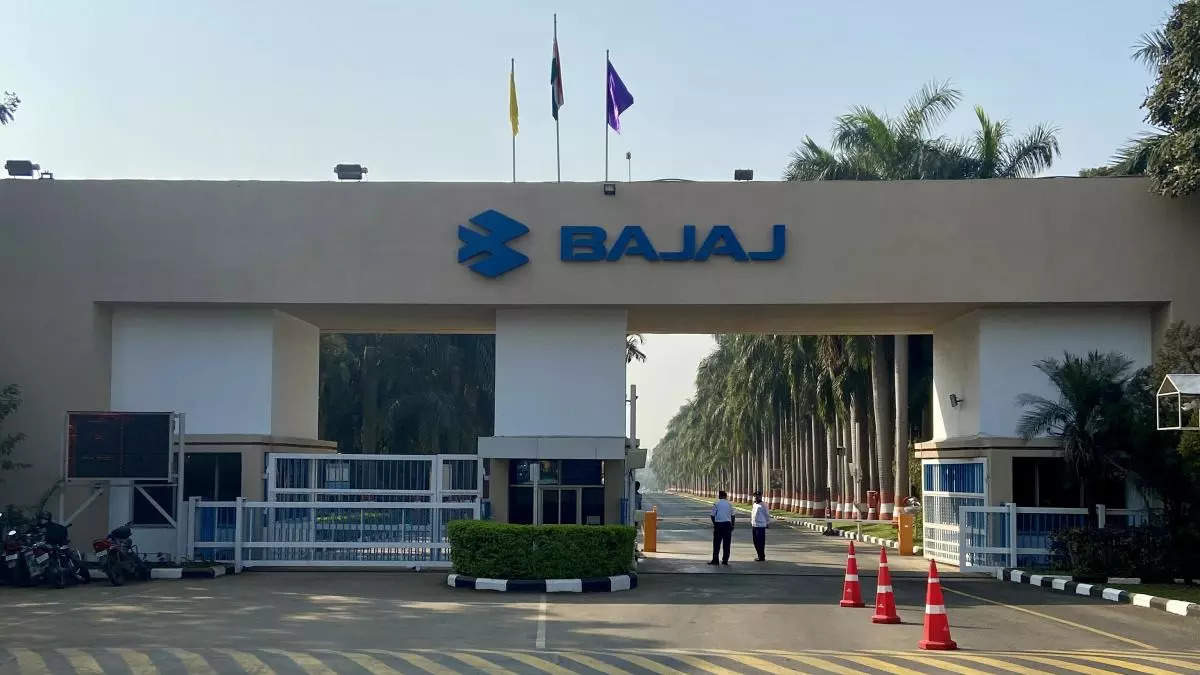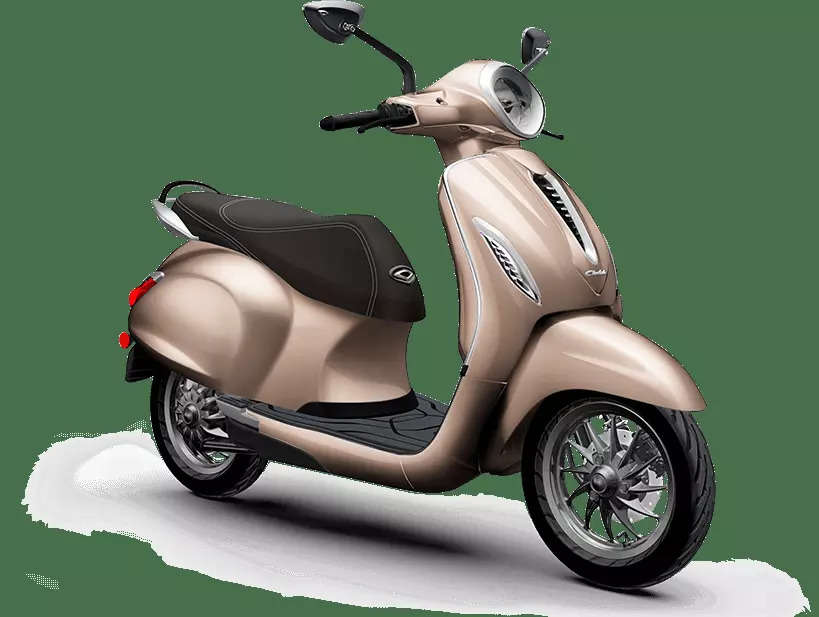
New Delhi: Moving on an expansion mode, two and three-wheeler major Bajaj Auto is looking to scale up its three key businesses- electric three wheelers, Chetak electric scooters and Triumph motorcycles, in the on-going January-March quarter. These new lines of businesses are “starting to make meaningful impact to the overall piece.”“Currently, our focus is to unlock capacities on the manufacturing front and grow the networks. For electric three wheelers, we have a new facility that will be commissioned by the end of this quarter. For this, we will be spending close to INR 400 crore until early next (fiscal) year,” Dinesh Thapar, Chief Financial Officer (CFO), Bajaj Auto, told ETAuto during the post-Q3 earnings media briefing on Wednesday.
The Pune-based automaker, which is a market leader in the conventional ICE three wheeler space, launched its electric three wheelers in select cities last year. Currently, the company has rolled them out across 23 cities and is aiming to expand to 70-80 cities “over the next couple of months”.

Second, Bajaj plans to ramp up the production of Chetak electric scooters. “We want to grow the volumes to 15,000 units per month in the immediate term, and then look at upwards of 20,000 units thereafter, along with the network expansion,” Thapar said.
After a gap of about 15 years, Bajaj re-introduced the iconic brand Chetak in the Indian market in its electric avatar in FY21. The company clocked 1,395 unit sales for the model in the initial year of launch. According to Bajaj Auto’s Annual Report for 2022-23, Chetak EV domestic sales stood at 8,187 units in FY22 and 36,260 units in FY23.
Thapar said the investments made by the company over the last 15 to 18 months, are now starting to get results. “We feel a lot better about the business today and far more confident to be able to scale this up even further.”

Talking about the third key business, Bajaj wants to increase the production of Triumph motorcycles to 10,000 units per month by April-May 2024.
In 2017, Bajaj and British motorcycle brand Triumph formed a global partnership. In July last year, the two companies launched co-developed Triumph Speed 400 and Scrambler 400 X motorcycles in India. The models are produced at Bajaj Auto’s new manufacturing facility in Chakan, which initially had a capacity to produce 5,000 units of these bikes per month. It was later scaled up to 8000 units.
In the October-December 2023 quarter, Bajaj started exports of Triumph motorcycles by selling 7000 units in markets including the UK, US, Japan, Australia and Poland.
As part of the global partnership, all 15 Triumph Motorcycle dealerships present in India are managed by Bajaj Auto but remain exclusive to the brand and continue to operate in line with Triumph’s global standards.
Currently, Bajaj Auto operates four distinct dealership networks for its Bajaj Motorcycles, KTM, Chetak Electric and Bajaj three-wheelers range of products.
KTM, a Swiss sports bike maker, has a manufacturing joint venture with Bajaj Auto. The 50.1: 49.9 tie-up began in 2007 with the first bike rolling out in 2011.
October-December 2023 Performance
On Wednesday, Bajaj Auto reported a growth of 38% in consolidated Profit After Tax (PAT) to INR 2,032.62 crore in the October-December quarter. The company had posted a consolidated PAT of INR 1,472.7 crore in the corresponding period of last year.
Consolidated total revenue from operations in Q3 FY24 stood at INR 12,165.33 crore, up from INR 9,318.54 crore in Q3 FY23.
According to Thapar, “Q3 stands out not just as a record quarter, but it is the third successive quarter that we have attained new highs on both top line and bottom line. It is a reflection of the business on a momentum and the resilience in the operating model, notwithstanding the continued challenges that we continue to have across a large number of our export markets”.
Two-wheeler sales grew 22% to 10,40,193 units in the quarter under review, as against 8,51,242 units in the year-ago period.
Bajaj said its performance has been accelerated in Q3 and bolstered by the performance of the 125 cc motorcycles, where its growth rate is 6X over the growth rate of the rest of two wheeler industry.
“However we are very conscious that there is a significant event on FAME and what happens at the end of March will determine at least the near term course of the two wheeler industry,” he noted.
Commercial vehicle sales stood at 1,60,804 units when compared to 1,32,229 units in the same quarter last fiscal, up 22%.
Thapar noted that a mix of macroeconomic factors in export markets, geopolitical issues and strained liquidity constraints are some of the challenges.
For Q4 (January-March) we want to sustain the momentum on the domestic business and ensure an upward recovery in exports, even if it is marginal, he said.
















